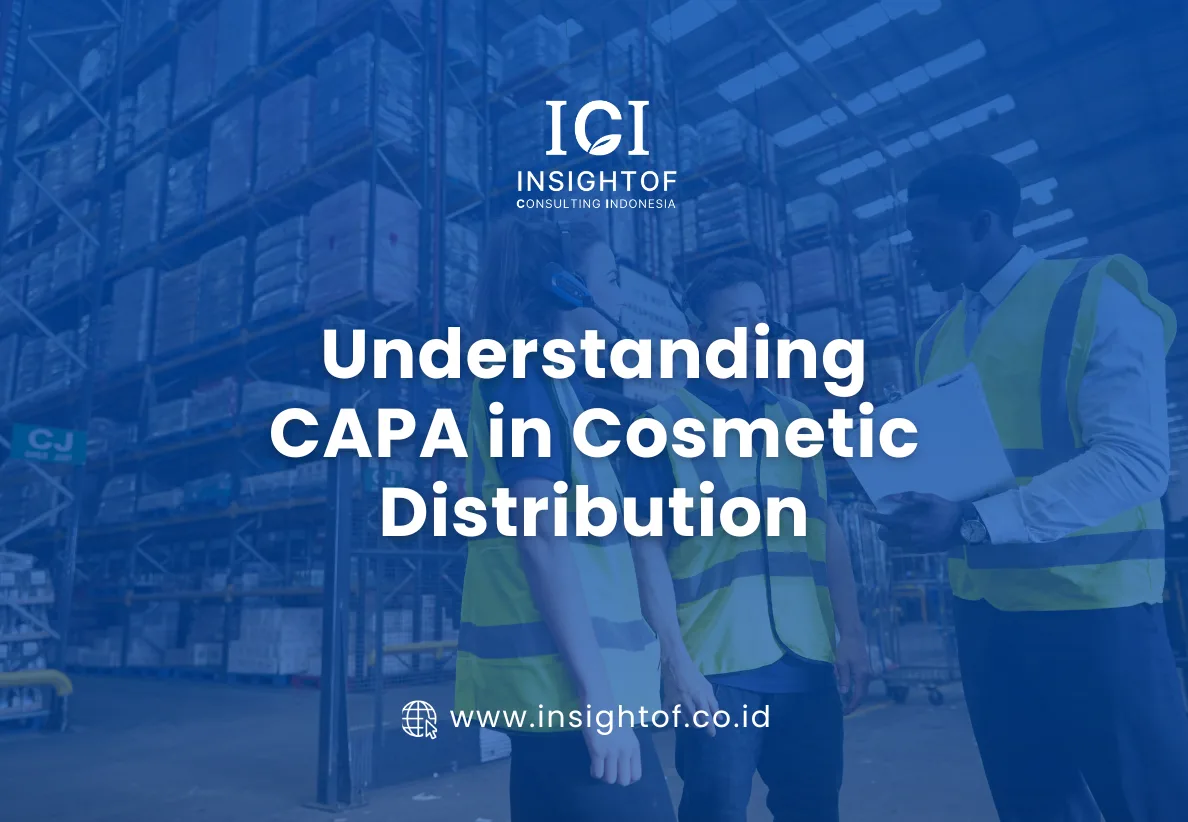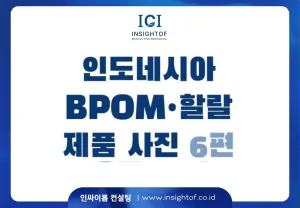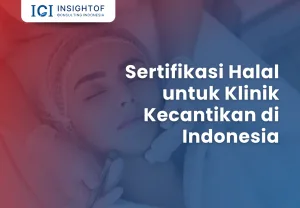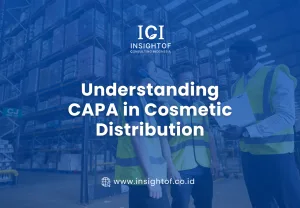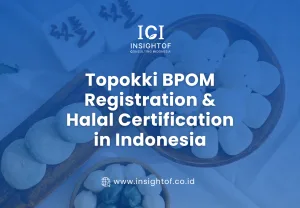1. What Is CAPA in Cosmetic Distribution Facilities
When the Indonesian National Agency of Drug and Food Control (BPOM) inspects cosmetic distribution facilities, they ensure that every product in circulation is safe, effective, and meets quality standards. If BPOM finds any non-compliance during their inspection, the company must prepare a report called CAPA — Corrective Action and Preventive Action.
In simple terms, CAPA is a structured response plan. It explains how a company corrects any problems found during inspection (Corrective Action) and what steps will be taken to prevent the same issues from happening again (Preventive Action).
Implementing CAPA is not only a regulatory requirement — it also demonstrates a company’s commitment to product quality and consumer safety. By taking CAPA seriously, distributors build stronger systems and avoid future regulatory problems.
CAPA Definition
Corrective Action: Steps taken to fix problems already found during inspection
Preventive Action: Measures implemented to prevent the same issues from recurring
Regulatory Status: Mandatory requirement under BPOM inspection protocols
⚠️ Critical Note: CAPA is not optional. Companies that fail to submit adequate CAPA documentation or do not implement corrective and preventive actions may face regulatory penalties, including distribution suspension and administrative fines.
2. Why CAPA Matters
The purpose of CAPA is to help distribution facilities continuously improve their operations. BPOM inspections often identify common findings that require immediate corrective action:
- Distributing cosmetics without valid notification numbers
- Products that have expired or contain unapproved ingredients
- Incomplete or misleading labeling and promotional claims
- Missing Product Information Files (DIP)
- Failure to report importation or distribution activities every six months
When such findings occur, companies must act immediately to correct them. For example, if cosmetics without notification numbers are found, the company should stop distribution, recall the products, and submit the appropriate reports to BPOM. As a preventive measure, companies can revise their internal procedures (Standard Operating Procedures/SOPs) to ensure that every product distributed in the future has a valid notification.
Key Benefit: A well-documented CAPA demonstrates to BPOM that your facility has identified problems and implemented systematic solutions. This reduces the likelihood of repeat findings in future inspections and builds regulatory credibility.
3. Common CAPA Examples in Practice
BPOM’s inspections often uncover recurring issues in cosmetic distribution. Below are several examples of common findings and how CAPA is typically applied to address them:
1. Distributing Cosmetics Containing Unapproved Ingredients
Finding: The product was found to include ingredients that are not allowed or exceed the permitted concentration limits.
Corrective Action: Immediately stop selling the product, withdraw all affected items from the market, and report the withdrawal to BPOM.
Preventive Action: Revise the company’s procurement and quality control SOPs to include ingredient verification before importation or distribution. Conduct training for relevant staff to ensure understanding of ingredient regulations.
2. Selling Cosmetics Without Notification (TIE)
Finding: Certain products were distributed before receiving their official BPOM notification number.
Corrective Action: Halt all sales, recall the unnotified products, and destroy or reprocess them according to BPOM’s procedures.
Preventive Action: Update internal workflows to ensure every product’s notification status is verified before distribution. Maintain a product checklist to monitor active notifications.
3. Expired Products Found in Storage or on Shelves
Finding: Cosmetics with expired dates were still being stored or sold.
Corrective Action: Remove and properly dispose of all expired products. Submit documentation of the recall and disposal process to BPOM.
Preventive Action: Create or revise an SOP for product storage and inventory rotation using the “First Expired, First Out” (FEFO) principle. Conduct periodic stock checks to monitor expiry dates.
4. Incorrect or Incomplete Product Labeling
Finding: Label information did not meet BPOM’s requirements — for example, missing ingredients list, manufacturer details, or misleading claims.
Corrective Action: Stop product distribution, redesign the packaging label, and consult BPOM for approval of the corrected design.
Preventive Action: Develop an internal review system for label approval that involves the regulatory team before production or importation.
5. Missing Product Information File (DIP)
Finding: The company was unable to present a DIP for some products.
Corrective Action: Prepare a complete DIP for each notified product and ensure it’s stored properly (either digitally or in hard copy).
Preventive Action: Establish an SOP that requires each new product to have a verified DIP before submission for notification. Schedule periodic internal audits to ensure DIP availability.
4. CAPA Implementation Best Practices
To ensure your CAPA is effective and meets BPOM expectations, follow these best practices:
- Act Quickly: Begin corrective actions immediately upon inspection findings to demonstrate commitment to compliance
- Document Everything: Maintain detailed records of all corrective and preventive actions taken
- Root Cause Analysis: Identify why the problem occurred to develop effective preventive measures
- Staff Training: Ensure all relevant personnel understand the new SOPs and regulatory requirements
- Regular Audits: Conduct internal audits to verify that preventive actions are working effectively
5. How Professional Consulting Can Help
Preparing CAPA documentation can be challenging, especially for companies that are new to BPOM inspections or facing multiple findings. Professional consulting services can help streamline the process and ensure compliance.
Key services include:
- ✅ Analysis of BPOM inspection findings and recommendations
- ✅ Development of comprehensive CAPA plans addressing all findings
- ✅ Documentation preparation and quality assurance
- ✅ SOP revision and process improvement recommendations
- ✅ Staff training on regulatory compliance and best practices
- ✅ Follow-up support to verify implementation and effectiveness
💡 Expert Insight: Companies that engage professional consultants for CAPA preparation typically experience faster BPOM approval, reduced repeat findings in subsequent inspections, and improved operational efficiency overall.
Conclusion
CAPA is an essential component of regulatory compliance for cosmetic distribution facilities in Indonesia. Rather than viewing CAPA as a burden, distributors should recognize it as an opportunity to strengthen their operations and build long-term regulatory relationships with BPOM.
By implementing effective corrective and preventive actions, your facility demonstrates:
✅ Commitment to consumer safety
✅ Professional operational standards
✅ Regulatory compliance excellence
Whether you’re facing your first BPOM inspection or managing findings from a recent one, proper CAPA implementation ensures your cosmetic distribution facility operates at the highest standards of quality and safety.
Ensure BPOM Compliance with Expert CAPA Support
Our regulatory specialists can help you prepare comprehensive CAPA documentation and implement effective corrective and preventive actions. Contact us today to strengthen your compliance posture.

